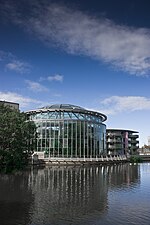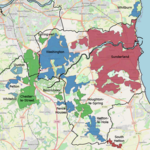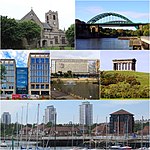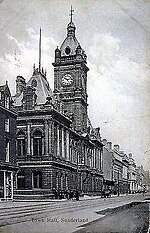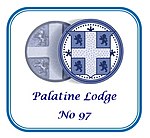Victoria Hall disaster
1883 disasters in the United Kingdom1883 in England19th century in County DurhamDisasters in EnglandHistory of County Durham ... and 4 more
History of Tyne and WearHuman stampedes in the United KingdomSunderlandUse British English from July 2012

The Victoria Hall disaster occurred on 16 June 1883 at the Victoria Hall in Sunderland, England, when the distribution of free toys caused a crowd crush resulting in 183 children (aged between 3 and 14 years old) to be crushed to death due to compressive asphyxia.
Excerpt from the Wikipedia article Victoria Hall disaster (License: CC BY-SA 3.0, Authors, Images).Victoria Hall disaster
Toward Road, Sunderland Ashbrooke
Geographical coordinates (GPS) Address External links Nearby Places Show on map
Geographical coordinates (GPS)
| Latitude | Longitude |
|---|---|
| N 54.903416666667 ° | E -1.3791111111111 ° |
Address
Victoria Hall Disaster Memorial
Toward Road
SR1 2QW Sunderland, Ashbrooke
England, United Kingdom
Open on Google Maps

